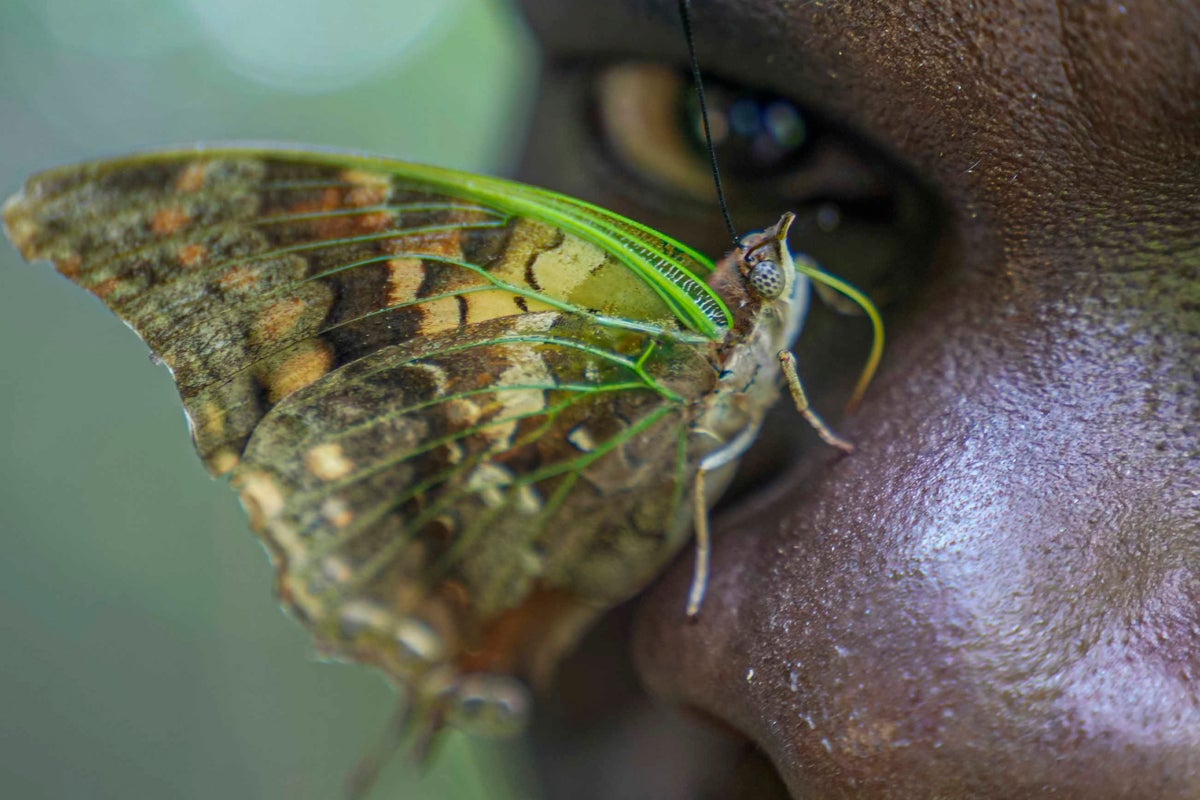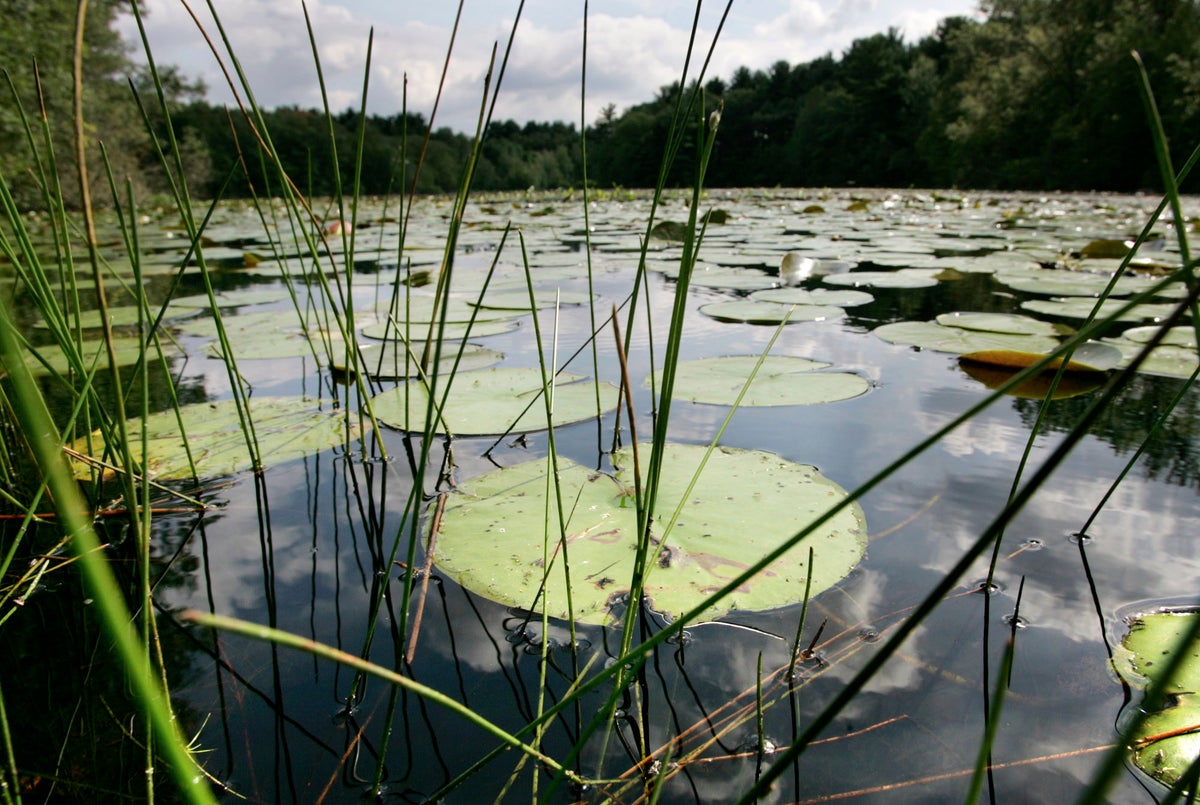Monarchs suffer when the mercury gets up to 100 degrees Fahrenheit (37.7 Celsius) and any temperatures above 108 degrees Fahrenheit (42.2 degrees Celsius) are lethal to the insects, Pelton said.
Dramatic drop in monarch butterfly count nears record 30-year low The number of monarch butterflies spending the winter in the western United States has dropped to its second-lowest mark in nearly three decades as pesticides, diminishing habitat and climate change take their toll on the beloved pollinator.
The Xerces Society for Invertebrate Conservation has been counting western overwinter populations along the California coast, northern Baja California and inland sites in California and Arizona for the last 28 years.
The monarch population is already small, she said, and triple-digit heat in the western states last year may have slowed breeding.
Fish and Wildlife Service announced in December 2024 that it was working to list monarchs as threatened, a move that would prohibit anyone from killing, transporting them or making changes that would render their property permanently unusable for the species, such as eradicating all milkweed from the land.






















